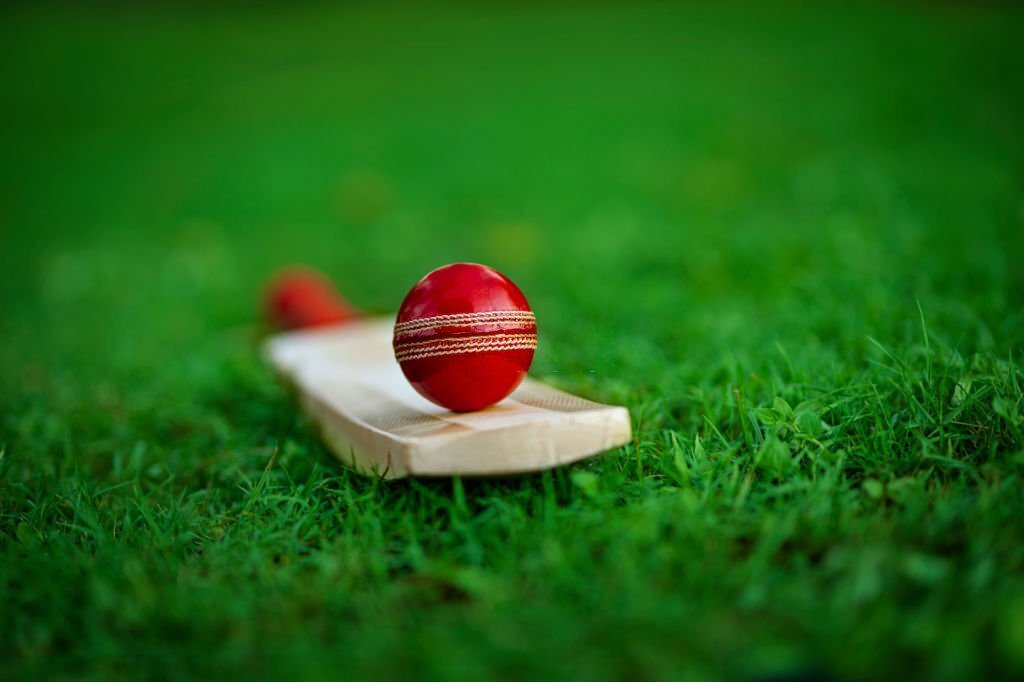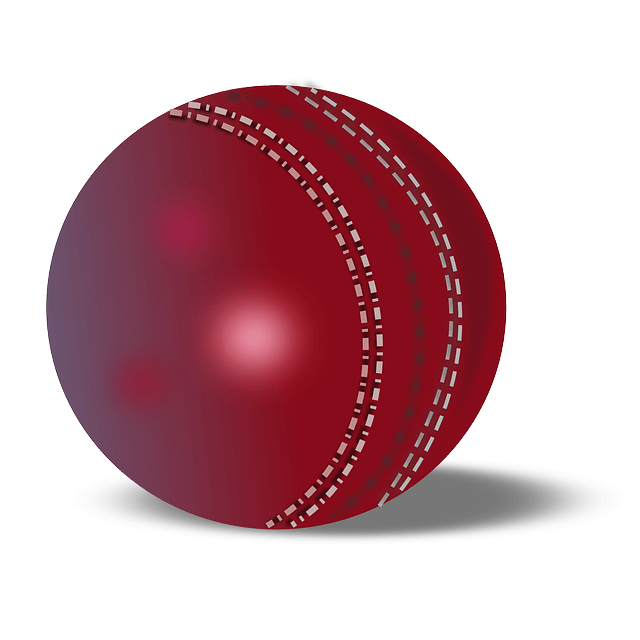Unlock the secrets of the cricket ball: composition, history, impact. Explore its construction, behavior, and role in cricket. The ultimate guide awaits!
The most basic components of the game of cricket are a bat and a ball. While the bats have undergone a substantial transformation over the years, the balls have, more or less, remained the same.
Cricket ball manufacturing,

They made a cricket ball from cork strips and a tightly wound string. A leather case then covered it with a slightly protruding seam. The outer layer of a ball, which is covered by the highest quality leather, is cut into four pieces. The seam of a cricket ball has 6 stitches, 3 on either side. The seam is diligently rotated by 90 degrees to make sure that a cricket ball has an uniform shape to it. Each section is then put into a vice, which moulds the leather into the shape of a hemisphere.
Weight and dimensions
As far as the weight and dimensions of a cricket ball are concerned, the regulations are different for men’s cricket and women’s cricket. For men’s cricket, a cricket ball must weigh between 5.5 and 5.75 ounces and measure between 8 13/16 and 9 inches in circumference. Regarding women’s cricket, it must weigh between 4 15/16 and 5 1/16 ounces and measure between 8.3 and 8.9 inches in circumference.
Different Colours are for Different Reasons
If you have ever watched cricket keenly, you must have noticed the changing ball colours. Red, white, and pink balls are the three variants, and each of them has its own significance and purpose behind usage.
Red Balls
The red-coloured ball is the first ball that came into existence ever since cricket began in England. Till now they predominantly used it in test matches, One-day internationals, and other high-standard international and domestic matches that last for a couple of days. Red balls are rigid, robust, and long-lasting. They retain their shape and structure for a long duration and offer massive swings in the air; which is the primary reason these balls are used in first-class cricket. Red balls are great to use when new, but once they wear off, their swinging ability decreases.
White Balls
When night ODI matches came in trend, it became difficult to use red balls under the stadium’s floodlights. Hence, to meet the need for better visibility in night-time matches, the white ball was manufactured. Though similar in size and weight, the white balls provide far better swing than the red ones. It was first tested in 1977 during the World Series in Australia.
The only drawback is that they get dirty and wear off quicker than red balls. It was challenging to use them after the first half innings in a typical 50 overs ODI. As a solution to this problem, the ruling of a “ball change”, roughly at the end of the first 30 overs was made; after which, white balls became very common in both day/night ODIs and twenty20 matches until now. However, their usage was still restricted to games with limited hours only.
Pink Balls
Both red and white balls had their limitations. While red was perfect for day time test matches, whites were great for night time ODIs and twenty20s. Hence, the pink ball was made, which was capable of usage in both day and night first-class crickets. The pink balls are durable for long overs and are pretty much visible during night-time matches.
These were first brought into testing in 2009, upon the recommendation of MCC (Marylebone Cricket Club), which was a women’s cricket match between Australia and England. Since then, the Cricket Australia board and the England Cricket Board are using pink balls for day/night tests. Their usage became more common since 2015 when Australia and New Zealand played their first day/night test.
Manufacturing units across the world
At present, three sports equipment brands are supplying cricket balls all over the world.
1. Kookaburra – An Australian-based company well known for cricket and hockey gears.
2. Dukes– A product of the British Cricket Balls Ltd.
3. SG or Sanspareils Greenlands– An Indian brand with its headquarters in Meerut that specializes in cricket gears.
For limited overs matches like the ODIs and Twenty20s, all countries use internationally white balls from Kookaburra. However, for test matches, England, West Indies, and Ireland opt for the British brand, Dukes ball, India uses balls from SG, and the remaining countries prefer Kookaburra. The performance of the cricket balls varies between different manufacturers. For instance, we find Kookaburra balls to have less swing than the Dukes’ balls.



